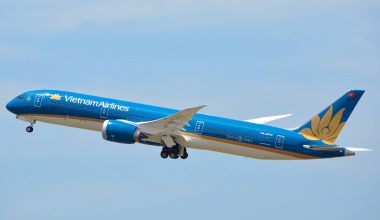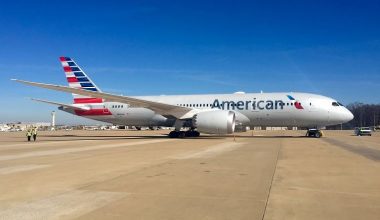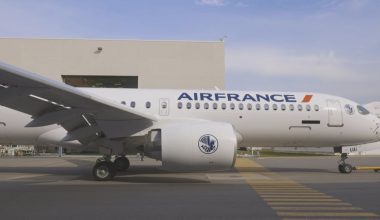Air travel occurs smoothly most of the time, but several factors, including psychological stress, pre-existing sicknesses, injuries, etc., can cause a passenger to become unwell and may lead to in-flight medical emergencies. Several injuries can occur onboard the aircraft as a consequence of sudden plane jerking during turbulence, trips and falls, burns resulting from contact with hot meals or galley ovens, etc. Some passengers, esp. senior citizens, may have one or more underlying illnesses that impede their capacity to adapt well at cruising altitude, typically 30,000 to 40,000 feet. The role of the cabin crew is important as passengers suffering from in-flight medical emergencies have limited immediate access to care, and failure to address them properly might culminate in serious injury or death of passengers.

The cabin crew training covers aeromedical aspects and basic and advanced first aid relevant to the aircraft type of operation. In addition to knowing how to deal with medical situations, they are also trained to provide limited medical assistance. Before heading off for flights, they attend a briefing on safety and emergency protocols which requires them to answer questions regarding medical assistance, emergency landing, decompression, turbulence, etc., to assess their knowledge and readiness to face every possible situation.
Crew training on medical aspects
All flight attendants receive training on
- First aid for injuries
- CPR (Cardiopulmonary resuscitation)
- Medical equipment onboard (first aid oxygen, kits)
- Recognition of symptoms of common health problems
- Recognition of medical emergencies signs
The crew also has to study aeromedical topics, including hypoxia, hyperventilation, hygiene, and food poisoning, and practical exercises like administering oxygen, bleeding, choking, use of an AED, rautek maneuver, etc.
One must keep in mind that every airline dictates its policy and protocols for cabin crew to adhere to in case of an onboard medical emergency to ensure the best possible outcome. While common in-flight medical events are not life-threatening, some, such as cardiac arrest and respiratory issues, present a heightened risk of death if not addressed promptly.
The aviation regulation doesn’t require cabin crew to perform a physical examination as they are not qualified to deal with all potential situations. Without shadows of doubt, the flight crew faces challenges in dealing with onboard medical emergencies, given the severity of illness and confined space and the unusual environment of the aircraft cabin. Still, they must make reasonable decisions and perform ‘due care’ until passengers reach their destinations safely.
Roles of cabin crew (Discovery, response, assessment, and diagnosis)
When any medical issue is brought to the cabin crew’s attention, the first flight attendant at the scene will become the assessor and follow the SAMPLE step:
S-Symptoms (signs of any illness)
A- Allergies (if the passenger is allergic to something)
M-Medication (if the passenger is under some medication)
P-Previous history (any past medical conditions)
L-Last Meal (when and what)
E-Events (any circumstances leading to the sickness)
The first crew on the scene should alert other crew members to bring needed assistance, including first aid kits, resuscitation kits, oxygen, defibrillator, etc., and inform the situation to senior crew member.
Also Read: How long does it take to become a captain in an airline?
Once the flight crew is informed, they will use the passenger announcement system for the inflight call to any qualified medically trained professional onboard for medical assistance. The response of flight crew to in-flight medical emergencies vary according to the seriousness of the situation, degree of urgency, and flight phase and location.

Many airlines have contracts with aeromedical ground support services, which allows the flight crew to establish direct contact with medical professionals on the ground via satellite phone and relay the passenger information for diagnosis and advice regarding onboard treatment. These on-the-ground medical support staff provide physical consultations to crew for passenger medical care, suggest the continuation of flight or diversion, and manage medical support arrangements at the destination or a diversion airfield on behalf of the carrier.
Based on the information given by cabin crew, in-flight medical doctors, and medical professionals on the ground, the pilot-in-command decides whether to land the airplane in an expedited fashion, divert the aircraft, or keep on going. The decision to divert aircraft from its intended destination is costly, and carriers tend to avoid it unless the case appears serious.
Medical equipment on board
In line with rules set by the FAA, US-based airlines must carry emergency medical equipment weighing more than 7500 pounds aboard the aircraft, including an approved automated external defibrillator, general first aid kit, first aid oxygen, and blood pathogen spill equipment, etc.






